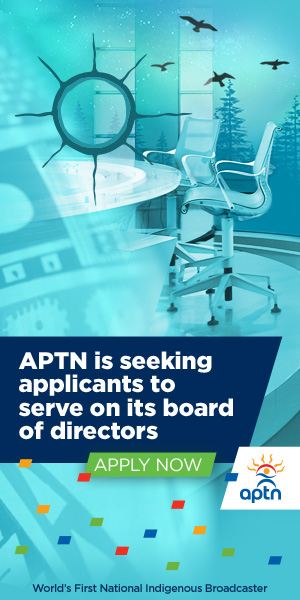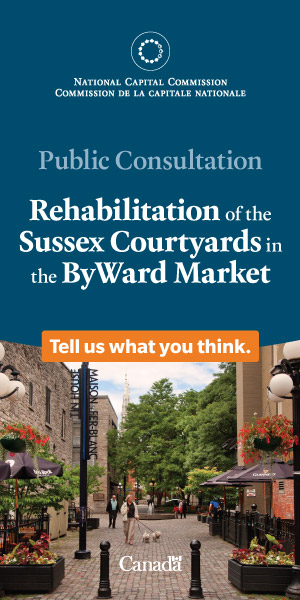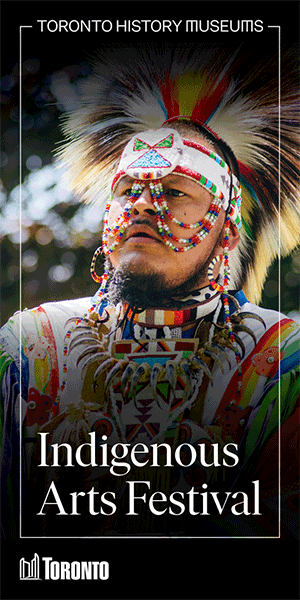
The following article is a corrected version of the article contained in the July 2013 First Nations Drum
The ‘Namgis First Nation is holding out high hopes for their recently developed, first-of-its-kind, closed containment Atlantic salmon farm on its land near Port McNeill, on northern Vancouver Island.
The $8.5 million dollar ‘Namgis Closed Containment Project aims to prove it can produce high quality, healthy salmon from fry to market size of about three to five kilograms in 12 to 15 months. In open-net pens, the fish take 18 to 24 months to grow to harvestable size.
The facility is the first commercial-scale, land-based Atlantic salmon farm in Canada. The project is being intensely monitored by the salmon farming industry and conservation groups.
The farm received delivery of 23,000, Atlantic salmon smolts from Marine Harvest, the largest Atlantic salmon farming company in the province. The smolts entered the facility on March 18th and have since grown to be 6 times their size when they entered the facility.
“We’ve basically built a ClubMed for fish,” said ‘Namgis spokesperson Garry Ullstrom. “We expect these fish to grow to full size in about twelve months, which is twice as fast as open-net.”
The closed containment system (CCS) uses water recirculation technologies that continuously filter and recycle the water used to produce fish. That means the ‘Namgis can do large scale fish farming using just a small amount of water producing no pollution.
As much as 99.8% of the water flowing through each of the five 500 cubic metre tanks used to grow out the fish is continuously cleaned and returned to the fish tanks.
By continuously filtering and cleaning the water, the CCS can control and capture over 99% of fish waste solids that then can be used as fertilizer unlike open-net facilities where waste goes directly into the ocean. Since there is no contact with the marine environment in CSS, this further eliminates concerns regarding potential transmission of disease and parasites to wild salmon.
The salmon produced are healthy, nutritious and free from antibiotics and pesticides.
The K’udas project, whose name means place of salmon, could ultimately produce 2,500 tonnes of fish per year, but the initial phase is expected to produce about 470 tonnes.
The land-based salmon farm is entirely owned by the ‘Namgis, but funding for the project came from the federal government, Tides Canada, and other conservation and philanthropic organizations.
The First Nation has a contract with Albion Fisheries, a wholesale company, to market the salmon.
Steve Hughes, Albion’s general manager, said they will market the salmon in the Canadian and U.S.retail and food service markets, with an emphasis on the western Canadian market.
“They have a high fat content and that contributes to good taste,” said Hughes. “Any aquaculture system has protocols to make sure the fish taste good and that’s what we expect.”
The ‘Namgis have witnessed the proliferation of open-net pen salmon farms in the Broughton Archipelago and believe diseases and pollution from those farms are impacting wild runs of salmon.
Finding alternatives to open-net ocean-based salmon farms is becoming increasingly important with the confirmation of Infectious Salmon Anemia in eastern Canadian open-net pen salmon farms.
Guy Dean, Albion’s Chief Sustainability Officer said because the ‘Namgis fish farm uses a recirculating aquaculture system (RAS), and all aspects of the site are controlled, it answers consumer concerns regarding food safety, health and sustainability, and – the fish taste great!
Dean said blind taste tests conducted by the West Virginia-based Freshwater Institute, the world’s leading research facility on RAS, revealed a preference for salmon grown in recirculating aquaculture systems with some testers describing the fish as having a buttery, rich flavour.
More info on ‘Namgis Closed Containment Salmon Farm.











